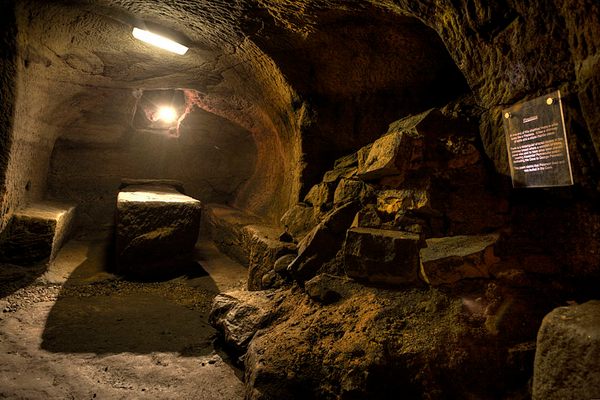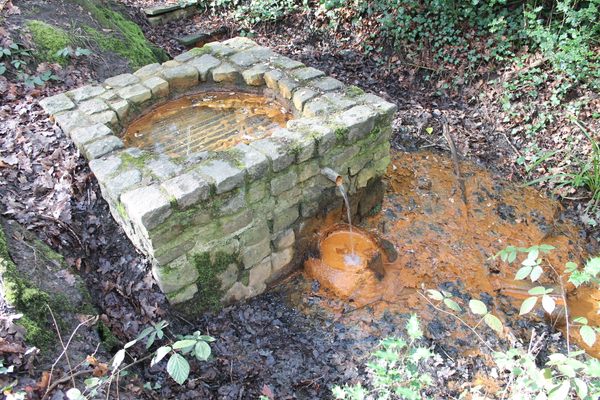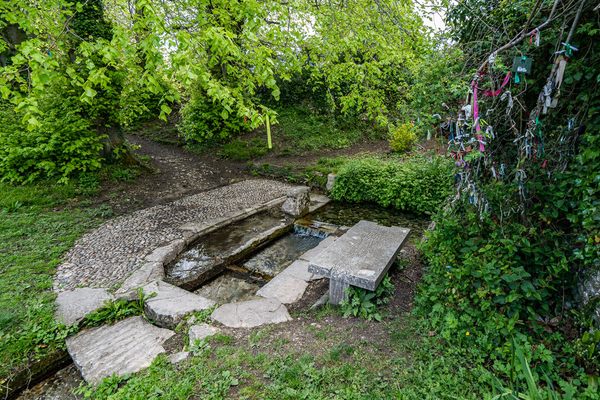Balm Well
The healing properties of this well attracted royals and commoners throughout the Middle Ages.
This well is said to contain waters with healing properties and goes by many titles: St. Katherine’s Well, Balm Well of St. Catherine, and the Oily Well. However, it’s the last name that best describes the physical appearance of this natural spring.
Along the surface of the water floats a black, tar-like substance that is actually oil linked to the Pentland Fault and fed into the well by the oil shale below.
The well is situated in an outlining suburb of Edinburgh known as Liberton, which is a modification of the name “Leper Town.” Several centuries ago, there was a leper colony located nearby. The well gained a reputation across the country for its curative properties and was used to treat the disease and other skin ailments.
The water’s properties not only attracted peasants, but also captivated the attention of royals from near and far. King James IV of Scotland was said to be a regular visitor, as were dignitaries from Denmark and Pomerania. A stone well house was erected around the site during the 16th century by King James VI, although Oliver Cromwell’s army had it demolished in 1650.
What visitors see today is a crude 19th century reconfiguration, though the well still maintains a portal dated 1563.
Know Before You Go
The well is located on the property of the Toby Carvery Restaurant, towards the rear on the right-hand side. Though the spring has long since been shut off, you can still enjoy a beverage and meal on the adjacent outdoor patio. There is plenty of parking on-site. Located nearly three miles from the center of Edinburgh, Lothian Bus numbers 7, 37, 47, and 67 will get you there. The stop is Mortonhall.






















Follow us on Twitter to get the latest on the world's hidden wonders.
Like us on Facebook to get the latest on the world's hidden wonders.
Follow us on Twitter Like us on Facebook